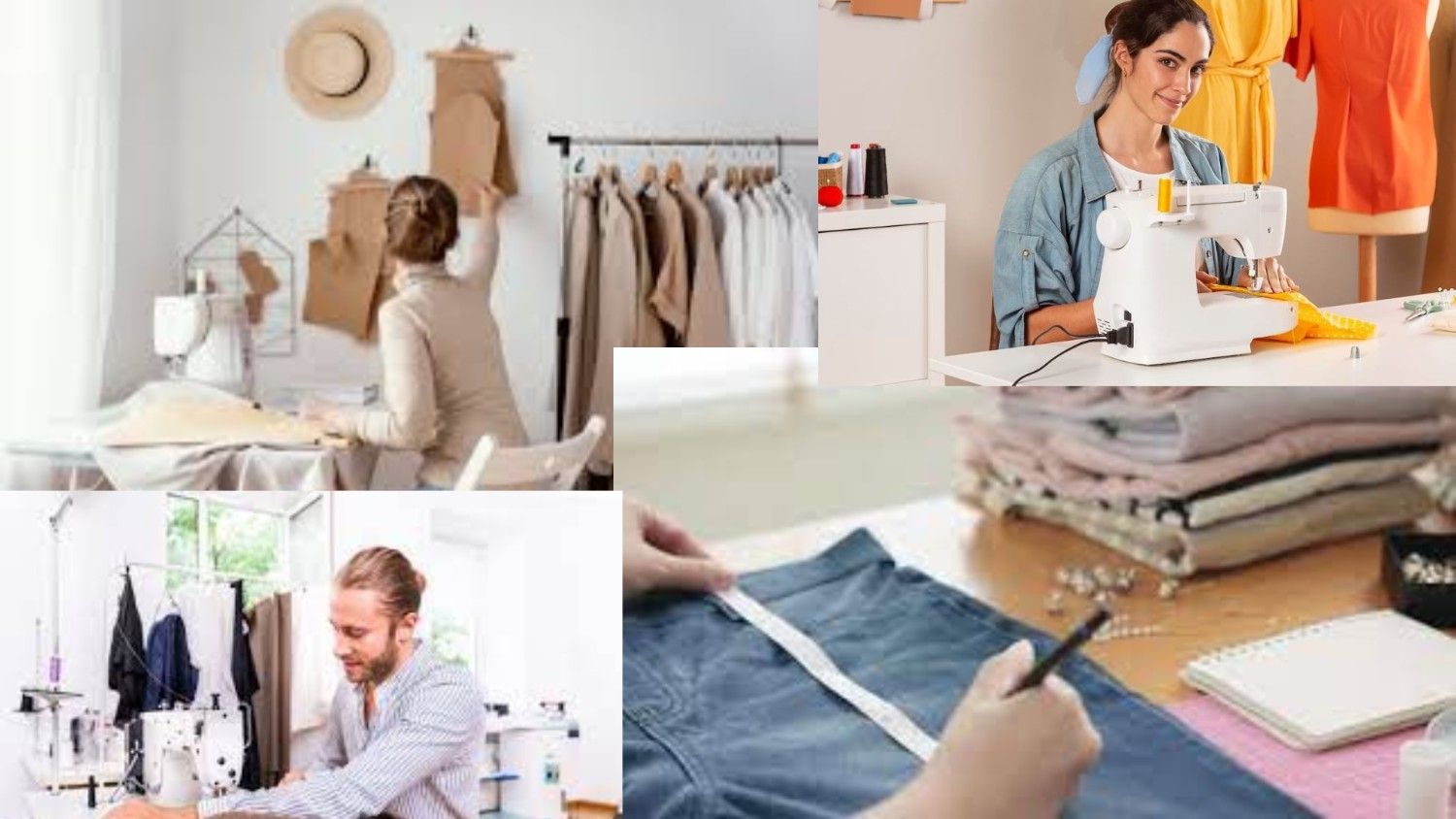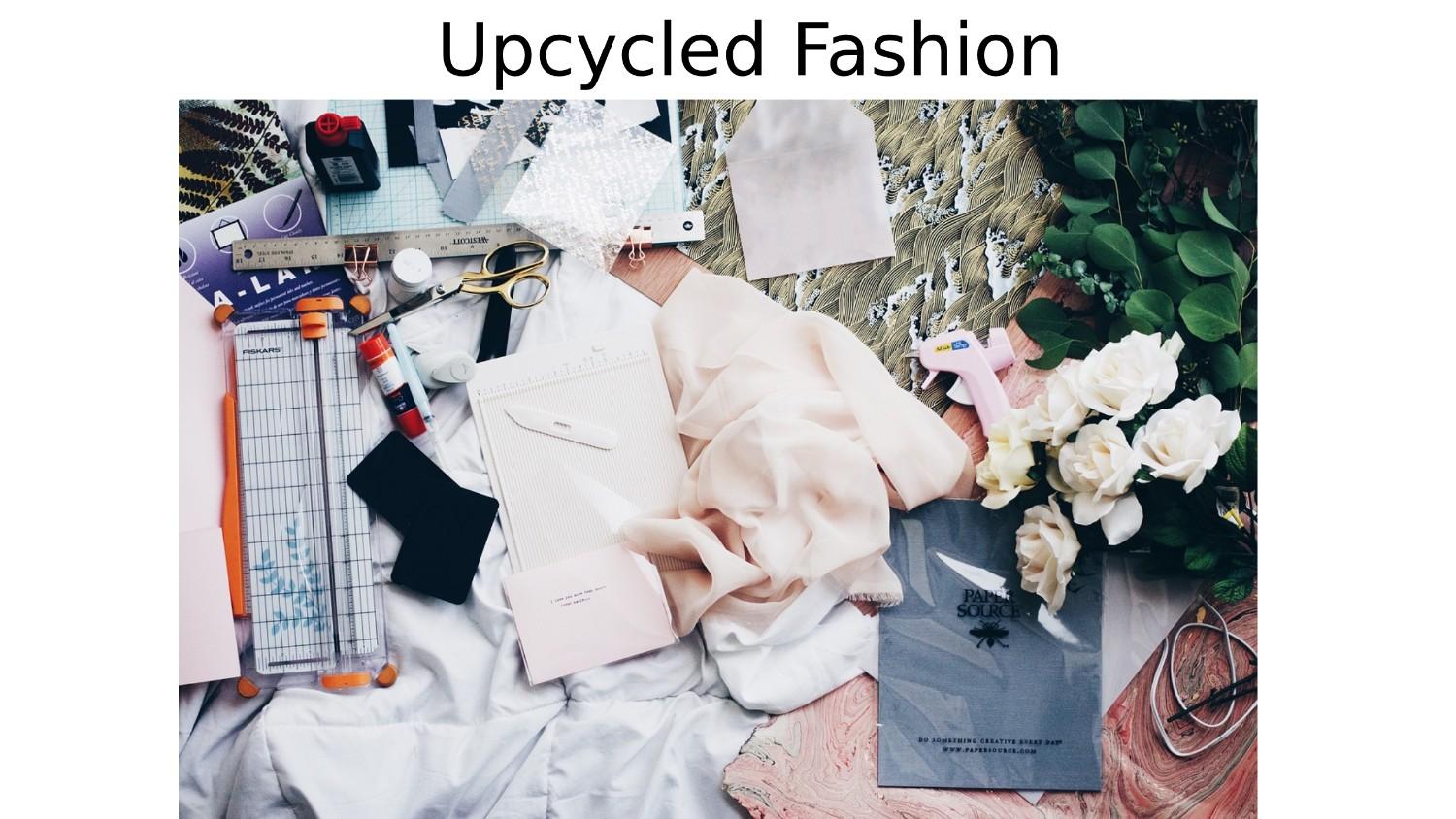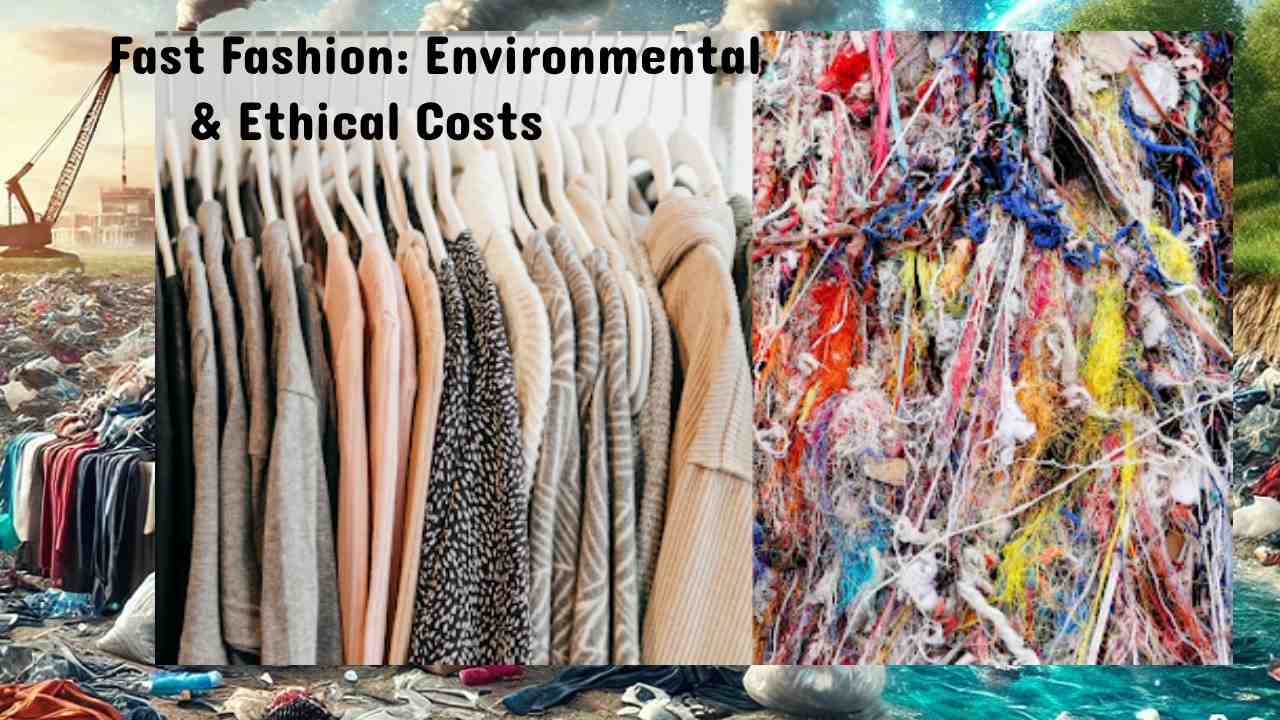- 1 Principles of Circular Fashion
- 2 Why is Circular Fashion Important?
- 3 The Environmental Impact of Fast Fashion
- 4 How Circular Fashion Works
- 5 How to Welcome Zero Waste in Your Closet
- 6 Upcycling: Turning used clothes into something new.
- 7 Technology’s Influence on Circular Fashion
- 8 Supporting Ethical and Sustainable Brands
- 9 Circular Fashion and the Future of Sustainability
- 10 Conclusion: Redefining Fashion with a Circular Mindset

What is Circular Fashion? This is the new innovative approach that redefines the traditional fashion industry. Clothing in the circular model is designed, manufactured, and consumed not in a line of “take, make, dispose” but based on sustainability principles to limit waste and obtain optimal values from resources through mainly practices such as recycling, upcycling, repair, and responsible disposal of materials to maintain them in use for as long as possible.
In this article, we’ll explain the principles behind circular fashion, its benefits, and how you can begin applying zero-waste practices to your wardrobe. Adopt circular fashion, and you’ll join efforts in making a sustainable planet while embracing a stylish, conscious lifestyle.
Principles of Circular Fashion
Through circular fashion, it proposes a perfectly closed-loop mechanism to strive for the higher utilization of resources and recycling. It is designing clothes and accessories with durability, then repair and recyclability in mind. It strives to form a decreased negative environmental impact from the fashion industry, which happens to be one of the largest contributors to pollution and waste around the world.
Key Principles of Circular Fashion:
- Durability: Designing garments that last long
- Recycling: Turning used materials into new products
- Upcycling: Re-inventing old clothes into new creative products
- Minimal Waste: Elimination of waste generation in terms of production and consumption
Why is Circular Fashion Important?
About 10% of the global carbon emissions have been attributed to the fashion industry, which also produces tons of waste each year. Fast fashion and traditional practices encourage overproduction and consumption, leading to the degradation of the environment. Circular fashion addresses these issues by focusing on sustainability and resource efficiency.
Environmental Benefits of Circular Fashion
- Decrease landfill waste
- Saves water and energy
- Decrease carbon emission
- Decrease dependence on virgin resources
- Social Benefits
Social Benefits
- Promotes ethical labor
- Encourages conscious consumption
- Encourages innovative sustainable design
The Environmental Impact of Fast Fashion
It is important to understand circular fashion, it requires research on the environmental implications of fast fashion. Fast fashion is a system of rapid mass production of low-cost clothing very often at the expense of quality and sustainability. This trend results in an overspill since most of the garments only have a few wear cycles before being discarded.
Statistics that Depict the Problem
- An average American generates 81 pounds of clothing every year.
- 85 per cent end up in landfills, while only 15 per cent are recycled.
- Some 2,700 litres of water go into one cotton T-shirt
- Circular fashion eliminates these trends through mindful consumption and responsible production.
How Circular Fashion Works
The circular fashion designs work on a closed-loop system. It ensures that materials stay in use for as long as possible. This process requires several of the following steps :
- Sustainable Design: Designed with the facility of repair, recyclability or biodegradability in the product.
- Material Recovery: Salvaging used garments and textiles.
- Recycling and Upcycling: Changing old material to new products or redesigning used clothes
- Consumer Engagement: Engages consumers to change consumer habits like buying second-hand or repairing garments, or keeping their clothes, if they cannot donate.
- Examples of Circular Fashion Brands
- Patagonia: Starts improving a repair and reuse program for its products
- Eileen Fisher: Recycles old clothes to make new designs.
- H&M Conscious Collection: Eco-friendly materials, recycling.
How to Welcome Zero Waste in Your Closet
Clothing without waste does not mean living a life devoid of great fashion and convenience. Rather, it’s the conscious decisions you are making for both your closet and your planet.
How to Get Zero Waste in Your Closet
- Quality over Quantity: Spend on better quality pieces so that these last for a longer period.
- Buy Used: Thrift shops and online marketplaces-they breathe new life into clothes.
- Mend and Alter: Don’t throw away something when it just needs to be ‘fixed.’
- Recycle and Repurpose, Donate: You can ensure your used clothes are being responsibly repurposed or donated.
- Be a Sustainable Consumer: Look for companies that put their money where their mouth is on ethics and sustainability.
Upcycling: Turning used clothes into something new.
Upcycling is a very creative and sustainable means to breathe old garments in. While recycling breaks materials into something close to raw form, upcycling redesigns existing items to create something unlike that elsewhere. Such practices help reduce waste and allow you to express your style.
Examples of Upcycling:
- Turning old jeans into a fashionable tote bag
- Adding patches or embroidery to worn-out jackets
- Repurposing T-shirts into reusable shopping bags
- Upcycling minimizes waste and encourages individuality and innovation in fashion.
Technology’s Influence on Circular Fashion
Technologies are fueling the circular economy revolution. Textile recycling technologies, 3D printing, blockchain tracking systems, and several others encourage sustainability for brands and customers alike.
Key technological breakthroughs:
- Textile Recycling: Machines that separate fibres to be reused for making new clothes.
- Blockchain: “Much like Walmart uses blockchain for their food supply, I can see that this would help give consumers a clear understanding of the origin of garments”
- 3D Printing: “I love what 3D printing is doing in this space, allowing for ‘true’ on-demand, highly accurate garment production with far less waste”
- These technologies are transforming the industry, making circular fashion more accessible and effective.
Supporting Ethical and Sustainable Brands
One of the biggest impactful things to embrace circular fashion is through ethical and sustainable brands. These companies focus on fair labour, eco-friendly materials, and transparent supply chains. Now, through this kind of shopping approach, you will also make a very positive impact on the environment and the lives of workers.
Some Examples of Ethical Fashion Brands: Stella McCartney: This brand uses sustainable material and is also cruelty-free.
Everlane: Transparency and a focus on ethical manufacturing.
Reformation: Stylish, eco-friendly clothing
Circular Fashion and the Future of Sustainability
Circular fashion is growing up to become one of the most important trends of the larger sustainability movement. Governments, organizations, and consumers are taking responsibility for reducing waste and being environmentally friendly in all walks of life – including the fashion world.
Future Trends in Circular Fashion:
- Biodegradable usage
- More growth in clothing rental and subscription services
- More interest in education and awareness about sustainable fashion
- Through continuous innovation and embracing circular practices, the fashion industry can be a leader in sustainability.
Conclusion: Redefining Fashion with a Circular Mindset
Circular fashion will be one of the great answers to the environmental crisis that was threatening the traditional fashion industry. Circular fashion drives the approach for zero waste and results in benefits for both people and the planet by way of focusing on sustainability, durability, and resource efficiency.
Be it second-hand purchasing, transforming old clothing into new style pieces, or encouraging healthy brands, the process all adds up to a greener tomorrow. Work towards these concepts of circular fashion and turn your closet upside down to reflect the values you live for and your concern for nature. And collectively, we can have a fashion industry that is fashionable and responsible.








